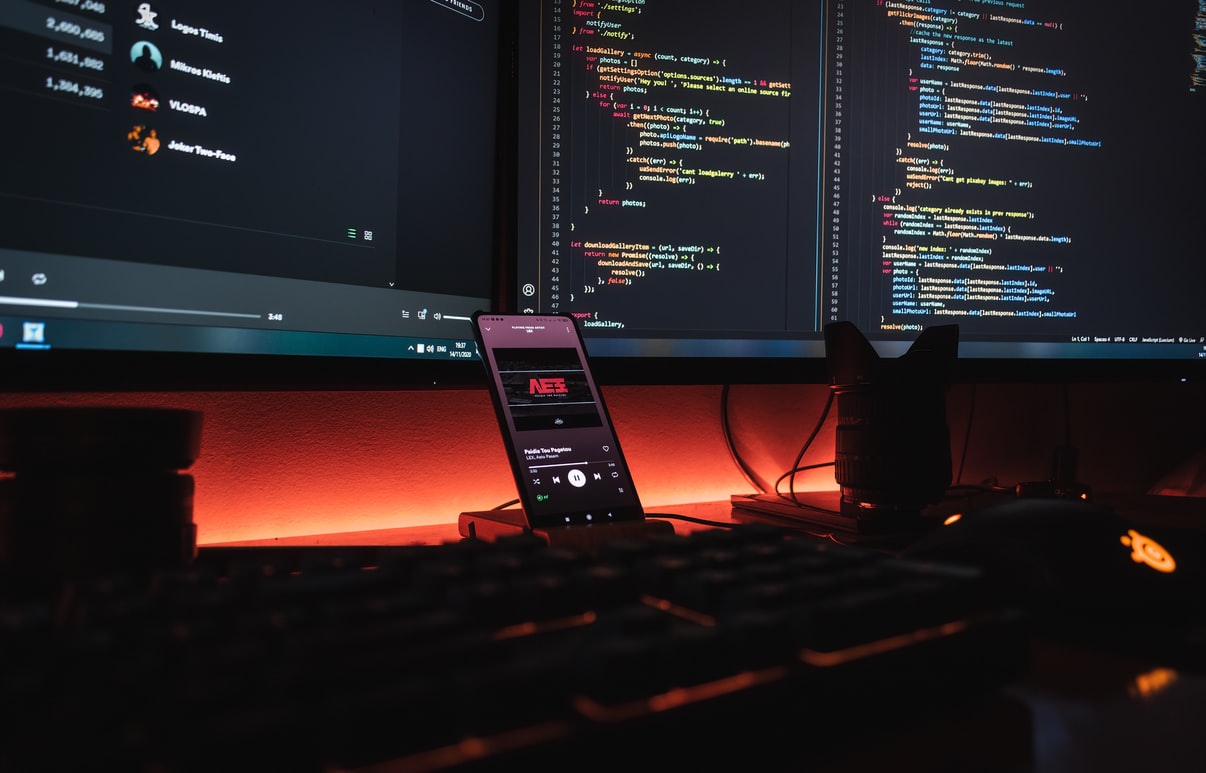The Saga of Lost Sales
Every year, billions of dollars are invested by CPG manufacturers in sales and merchandising activities to offer shoppers amazing retail experiences, grow their margins and gain market share. However, retail execution related gaps leave much to be desired when it comes to reaping the full benefits of the investment made by the CPG firms.
In a previous blog, we have covered how CPG firms can generate ROI on their image recognition investments to optimize their retail execution. In this blog, we will look at some major execution gaps that cause lost sales in the first place and later discuss how a simple task like clicking photos on smartphones helps CPG companies recover the lost sales.
1. LIMITED STORE COVERAGE
To audit the stores, most CPG companies rely on their sales reps. It is a cost-effective way to do store checks as third-party audits can be expensive. However, sales reps can perform only a limited number of audits or store checks per day. Manual store checks are time-consuming as responding to endless survey questions can eat into much of a sales reps' time, leaving him with little time to do actual selling.
In fact, in our experience of working with clients, sales reps often disregard the precise measurement of shelf KPIs due to time constraints as they try to juggle between other tasks like building relationships with the stores, taking orders and covering more stores. This may frequently lead to unreliable data which defeats the purpose of the audit in the first place. One cannot blame the sales rep as their primary role is selling and therefore, the onus is on CPG firms to invest in modern tools that empower their reps to do their daily tasks quickly and focus on value-added activities.
Due to the time constraint tied to field forces’ activities; sales rep cannot cover more stores and CPG firms lose sales in the stores that are not covered by their reps.
2. MANUAL AND OUTDATED STORE CHECKS TECHNIQUES
As per a Microsoft research, more than 64% of store checks are still conducted manually, which creates many gaps in executing an effective retail execution. For example, in some countries sales rep visit some stores twice; first to collect KPIs, and then to apply corrective actions in case of non-compliance. This situation prevents sales reps' from focusing on fixing planogram compliance issues and bringing value to their client from the first visit. In the dynamic world of CPG, more non-compliance issues may creep in between the two visits and reps can never achieve the perfect retail execution that management desires.
Manual measurements can also be subject to self-serving or cognitive bias, impacting the quality of the insights generated. Incentives on store check visits and performance can tempt field forces into reporting favorable numbers. At ParallelDots, we find that on average, manual measurements lead to 15 to 20% of errors. They hurt retail execution’s efficiency and directly impact sales even in the stores covered by the field forces.
3. LACK OF OBJECTIVE DATA TO NEGOTIATE WITH KEY ACCOUNTS
Manual checks can also hurt sales reps’ ability to convince their clients of the reliability of their results. Store managers who doubt data integrity can then become distrustful of sales reps, which may hurt sales and future negotiations. In research conducted on about 500 leading CPG firms and retailers which demonstrates the value of shelf-centered collaboration, PwC's Strategy& revealed that while “most of the respondents agreed in principle about the value of collaboration, they were held back primarily by the lack of trust between them”.
Although these issues are known to CPG companies, tackling them is not an easy task. In their study “Perfecting Sales Execution,” Bain & Company showed that 90% of the 120 consumer products executives they surveyed viewed sales execution as their number one business priority. But “fewer than half of the respondents felt their sales forces were operating at full potential.”
PwC's Strategy& came up with remarkably similar results; the lack of trust between CPG businesses and stores is mainly due to poor execution capabilities, 55% of their respondents report.
Image recognition can help CPG firms turn this situation around.
How can Image Recognition help reduce lost sales?
Image Recognition supports CPG companies’ growth by helping them get the most value out of their store visits. By moving to digital store checks powered by Image Recognition, CPG companies gain the following benefits:
1. FOCUSING ON ACTIVITIES THAT DRIVE GROWTH
Sales reps are CPG companies’ retail experts in the field. We found various studies that corroborate that fact, and show sales reps are a key growth driver for CPG firms.
For example, the Shopper Technology Institute reveals that 80% of manufacturers use a field team which “highlight[s] the importance of field presence for retail brands.” Equally, McKinsey reveals that “adding expertise to sales teams can help win additional business” in a study that shows that CPG companies with higher than average category growth and better than average improvement in selling costs are the ones who deploy more “functional experts.”
Image recognition helps CPG businesses leverage field activities efficiently and enables field reps to achieve higher sales. Using picture-taking and digital measurements, Image Recognition enables sales reps to cut down the time they spend performing store checks. That means that they can conduct more frequent checks, expand their store coverage, or collaborate with strategic POS to focus on the core of their activity: sales and negotiations. According to Forbes, “Not only does this increase sales reps’ in-store effectiveness, it also frees up time for them to visit and improve other critical stores.”
2. GET ACTIONABLE RETAIL INSIGHTS
Another powerful aspect of Image Recognition is that it provides field forces with real-time insights on KPIs, which they can use to fix compliance issues while they are at the store.
Nearly 78% of products that are not on the shelves are on-hand.
An MIT Supply Chain Management research which investigates the causes of stock-outs reveals that “the CPG manufacturer incurs highest lost sales due to inefficient store operations.” In nearly 78% of cases, products that are not present on the shelf are on-hand. This retail execution issue can be quickly resolved.

With Image Recognition, sales reps can spot such discrepancies even faster by comparing realograms with their company’s reference planogram in real time. They can then apply corrective measures directly at the store level. Sales forces can also rely on Image Recognition to track and analyze other KPIs such as Share of Shelf (SOS), Out of Stocks (OOS), On Shelf Availability (OSA), assortments and pricing. It gives them the opportunity to be agile and extremely reactive to different situations in stores as well as help their client reach their targets.
3. USE UNBIASED RELIABLE DATA IN NEGOTIATIONS
Another benefit of Image Recognition is the unbiased and accurate results it can deliver that can enable fact-based negotiations either at store level or at account level. Solutions such as ShelfWatch can ensure that photos collected during store visits are timestamped and geotagged to ensure management teams get not only a point-in-time visibility of their product placement in stores but also granular data on the category which helps in negotiating better placements during sessions such as like planogram resets or new product launches with key accounts.
In one of our previous blog, we have covered how crucial Image Recognition is when it comes to solving in-store execution challenges related to NPD launches.
While CPG firms and retailers were always aware of the retail execution challenges, it is only now that modern Image Recognition solutions such as ShelfWatch can provide them with a foolproof solution to sort the retail execution related issues. When it comes to shopper loyalty and changing consumer preferences, Image Recognition solutions are no more a shiny new technology but a major competitive advantage when implemented with the right partner. To know why ParallelDots ShelfWatch can be such a partner for your business, please connect with us for a free demo.


